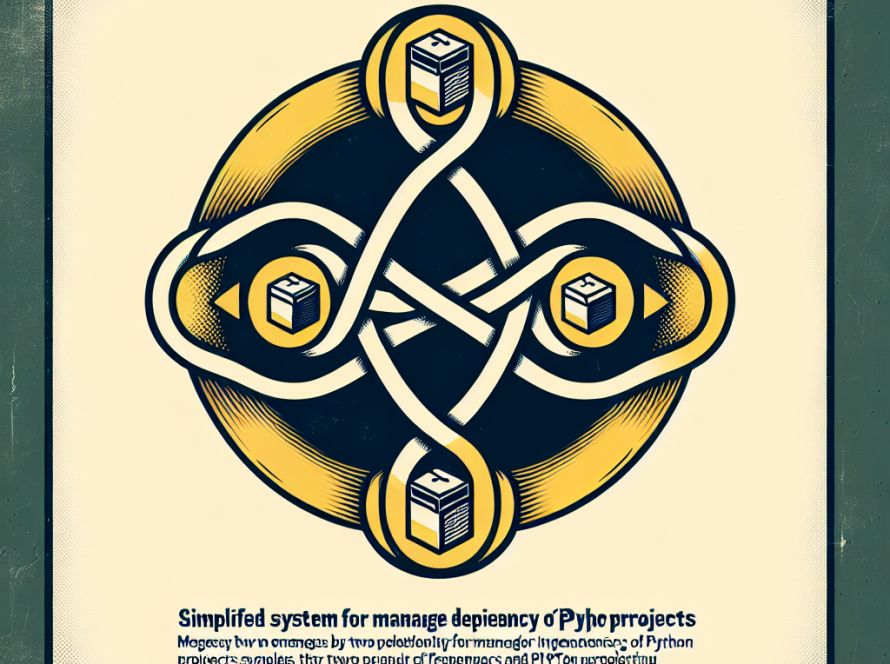After studying aviation and aerospace engineering for several years, Hector Xu started learning to fly helicopters in late 2019. During his time as a PhD student in MIT’s Department of Aeronautics and Astronautics, he became more aware of the risks associated with flying small aircraft. This spurred him to establish Rotor Technologies, Inc. in 2021, an autonomous helicopter company that aims to make helicopter flight safer by retrofitting existing helicopters with a range of sensors and software to alleviate some of the most dangerous flights for commercial pilots.
Commercial airline travel is relatively safe; however, smaller, private aircraft kill people each year in the US, such as helicopters used for crop dusting, firefighting, and medical evacuations. Rotor is focusing on making these types of dangerous missions safer by introducing automated systems.
Rotor’s autonomous aircraft are demonstrating their potential in Nashua, New Hampshire, where they fly faster and longer, and carry heavier payloads compared to battery-powered drones. The company is working with a dependable helicopter model that has allowed them to commercialize the technology rapidly. They expect their autonomous aircraft to be available for purchase later this year.
Even though Rotor Technology is not a direct spinoff from MIT labs, Xu credits the institution for shaping his vision for technology and the future of aviation. During his postdoc at MIT, Xu was advised by Professor Steven Barrett, who is now the head of AeroAstro. Xu believes that Barrett played a critical role in guiding him throughout his career. Xu’s first hire at Rotor was Chief Technology Officer Yiou He who worked with Xu during his PhD.
Rotor has also worked with known aircraft from the Robinson Helicopter Company rather than building a brand new aircraft from scratch. The company’s strategy is to implement a “fly by wire” system in these aircrafts — a series of computers and motors interacting with the aircraft’s flight control system — before they have to be overhauled.
Rotor is striving towards a future where there are no pilots in the cockpit and is developing strong autonomous and communication systems between the aircraft and the ground to make this a reality. While the company is taking careful steps towards automation, a skilled human expert will still monitor flights with a human supervision system the company calls Cloudpilot.
The limitations with small aircraft (ie. restrictions on flying times and inability to fly during brutal weather) represent challenges that Rotor plans to overcome. The company’s aircraft – the R550X – can carry loads up to 1,212 pounds, travel above 120 miles per hour, and be equipped with auxiliary fuel tanks to remain airborne for hours. Customers have shown interest in using the aircraft to extend flight times, increase safety, and enable new kinds of applications.
While the current focus of Rotor is on safety, Xu hopes that the company will revolutionize daily life in the future – making transportation safer, more autonomous, and more affordable with vertical take-off and-landing aircraft.


